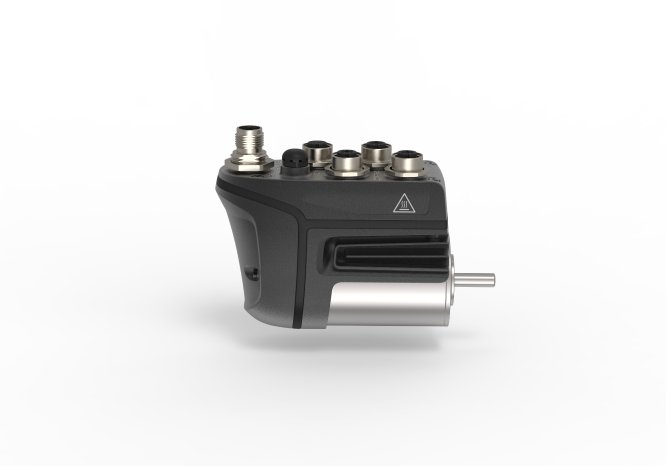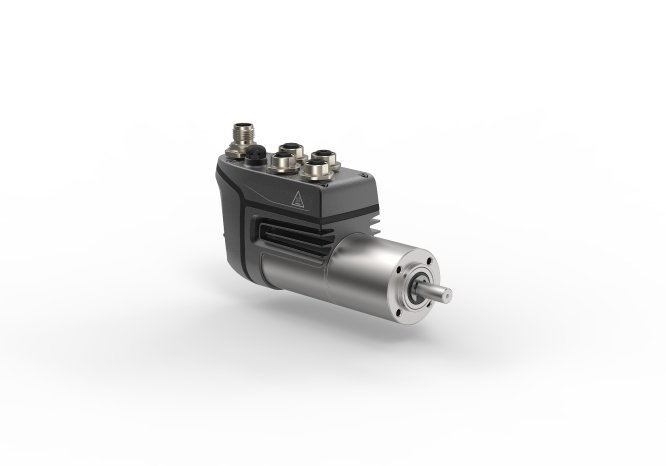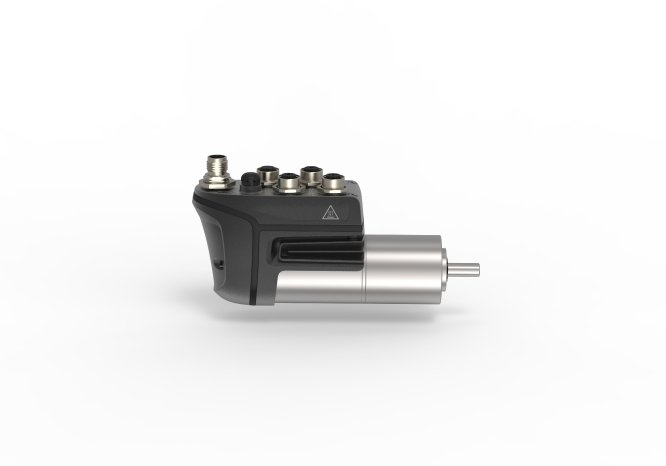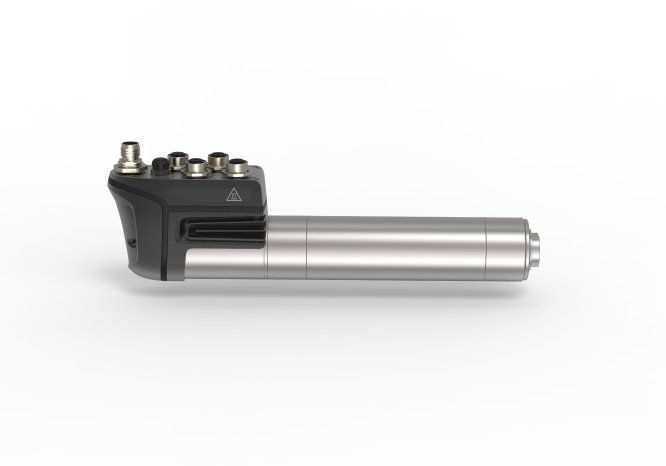The CDS is the motor-integrated version in the second generation of WITTENSTEIN’s industrial-grade small servo drive system, which takes a new approach to automation connectivity. The system is offered with both a CANopen and a multi-Ethernet interface for EtherCAT, PROFINET and EtherNET/IP CIP Sync, and in the future will also be available with SERCOS III. It combines the ease of use of popular fieldbus technologies with maximum flexibility as regards the PLC connection.
The new EtherNet/IP CIP Sync interface additionally supports motion control applications which are subject to complex real-time requirements due to their high dynamics and precision, and which demand isochronous Ethernet communication. This is a groundbreaking feature in the extra-low voltage range which ensures proven, simple connectivity in real time in different fieldbus environments.
Space-saving drive generation
The CDS comes with integrated electronics based on the redesigned cyber® simco® drive 2 generation. The servo drives are independent cabinet and field components, and about 30 percent smaller than the already compact predecessor series. The core kinematic component of the CDS is a high-performance brushless servo motor in a 400 mm stainless steel housing with a maximum torque of about 1 Nm. The CDS also ships as standard with an absolute single-turn encoder with 12-bit resolution. A battery-free, gearless multiturn encoder and a holding brake can be integrated in the servo motor as optional equipment. Depending on the task at hand, the CDS can be supplemented with low-backlash planetary gearboxes. Gear stages with reduction ratios from i=4 to i=100 can be supplied for this purpose.
Ready for Industry 4.0 environments
With its decentralized control intelligence, the CDS can represent and execute complex motion sequences in the form of motion tasks. Autonomous positioning with definable trajectories and motion block tables can thus be realized directly in the small servo drive – in other words, at the system’s network periphery and independently of machine control – for example, for non-synchronized axes or for complex, single-axis movements.
That guarantees short cycle times and enables highly dynamic motion control tasks to be solved directly in the application. Thanks to its intelligence and its communication capability, the CDS is hence ideal for integration into Industry 4.0 applications with distributed data processing at the network periphery – precisely where data relevant for drive control originates and needs to be processed.
With its high-performance motor and control technology, the CDS paves the way for new applications which are not only characterized by maximum dynamics and precision but also allow sensitively and flexibly adaptable kinematic process control. In short, the CDS simultaneously targets applications that in many instances are (still) implemented using pneumatics based drive technology.








